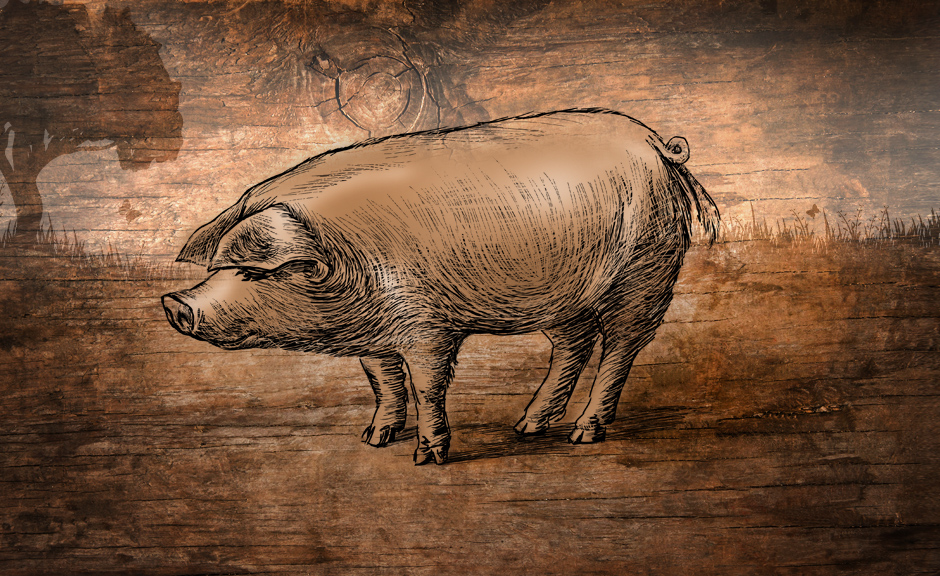Its name derives from Latin: PEREXSUCTUS meaning “dried”. Cato the “Censor” in De Rustica (II century B .C.) first mentioned the whole pig legs, dried by salt during a long curing. In 217 B.C. after the victorious battle of Trebia river, Hannibal entered Parma triumphant and the inhabitants gave him a hearty welcome for having freed them from Rome joke, by taking from the hiding places some barrels containing salty pork legs.
Since the Middle Ages Parma ham has been protagonist of the tables of princes, nobles, bourgeoisie and people.
In the XIV century B.C. – the period of the so-called Terramare – in the Parmesan territory, more precisely in Monte Leone, there was a group of men eating pork meat by leaving the bones near the fire. A millennium later, always around the fire, in the Po site of Forcello, 30.000 pork bone fragments were found, among which the femur was approximately absent : from this we infer that the rear pig legs were taken away from the kitchen, smoked and/or salted to make hams.
In the same epoch, also in Greece of the V century, the ham was present and we know also the name, PERNA, word that the Romans kept and of which we find the vestige in the current Catalan word “pernil” and Castilian “pierna”, that is “leg”.
About the curing system, there is Cato’s receipt written in II century B.C. that has surely much more ancient origins, as in our zone the habit to breed the pork meat dates back at least to the IV century B.C., when the Celts stopped here. It is a receipt that, with some differences, is ours of today (the addition of aromas or spices, so frequent in the Roman cooking was not foreseen, as for us; as for us, after a first salting there were others after some days; as for us the ham was exposed in the air ).
At Cato’s epoch, the Parmesan region was becoming a crossroads between the salt road ( it is known how much this mineral is indispensable for the ham) and Via Emilia and 3/4000 pieces of salted hams passed here ending up probably in the inns of a street in Rome called now Panisperna.
As evidence, there is an engraving on a marble plaque saying :” for supper we have chicken, fish, ham, peacocks and game”. As regards the quotations, in the Diocletian’s edicts (301 A.C.) the reference to the ham is indicated at 20 denarii per pound, 4 more that the sardines, for example, and 4 less than the salami: a popular and anyway non plebeian product.

